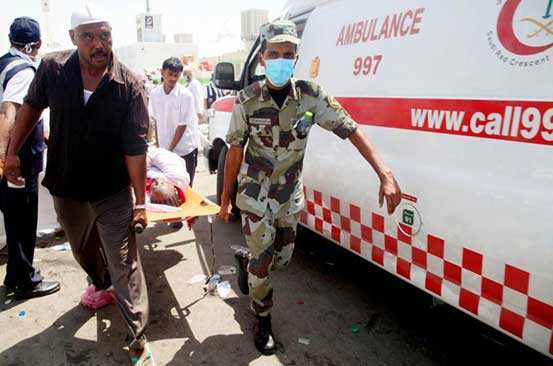×
The Standard e-Paper
Home To Bold Columnists

President Uhuru Kenyatta Thursday led Kenyans in mourning the 717 Muslims who perished in a stampede on the outskirts of Mecca, the worst disaster to strike the annual Hajj pilgrimage in 25 years.
President Kenyatta condoled with the Muslim community and wished quick recovery to the more than 800 others who were injured in the tragedy as they performed a stone-throwing ceremony, one of the holiest rites in Islam.